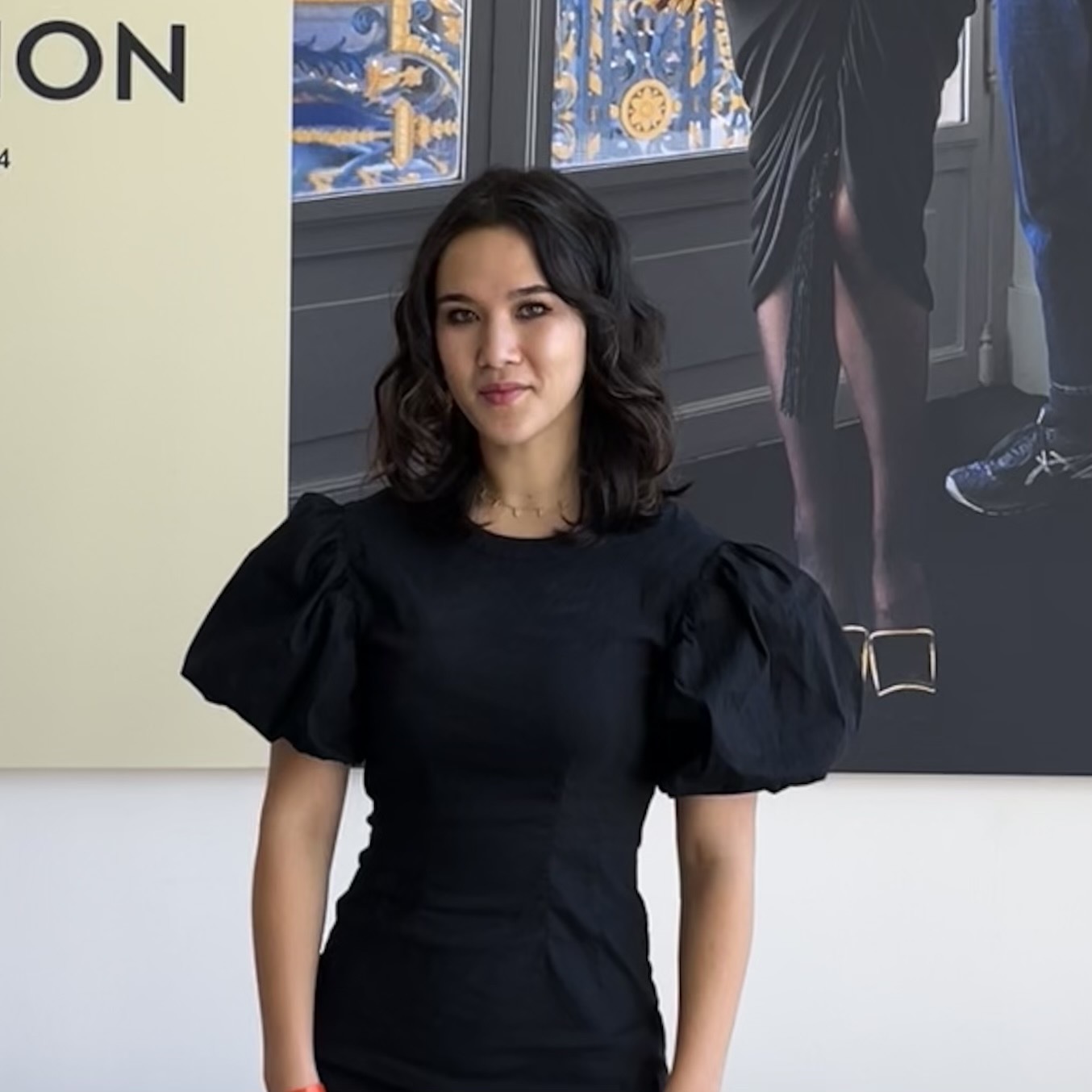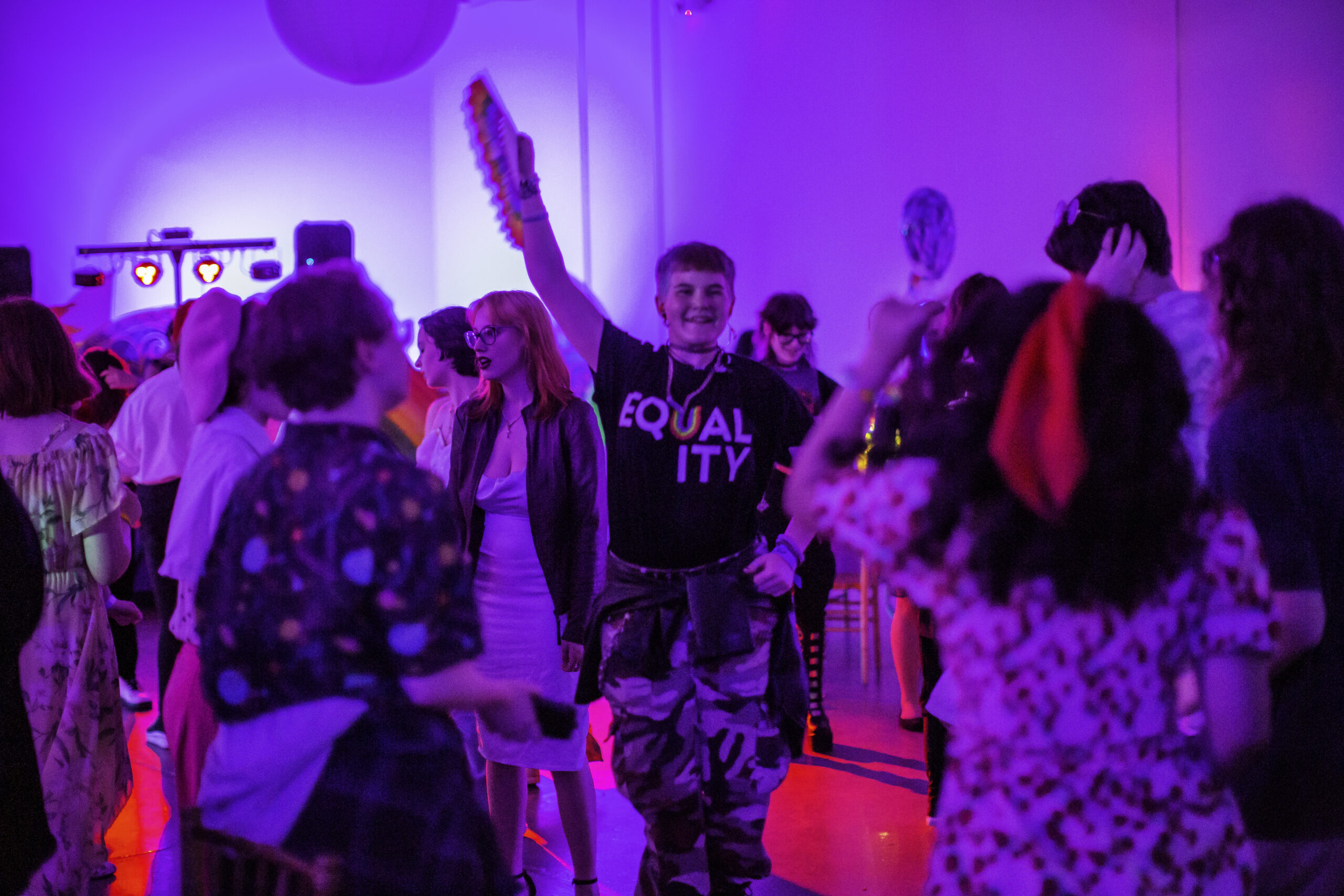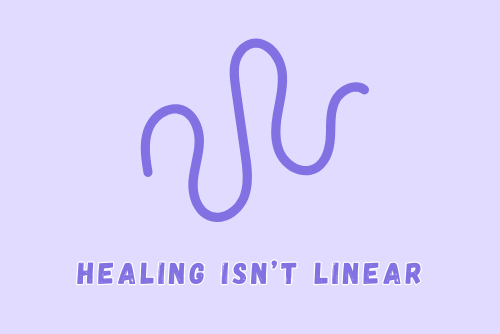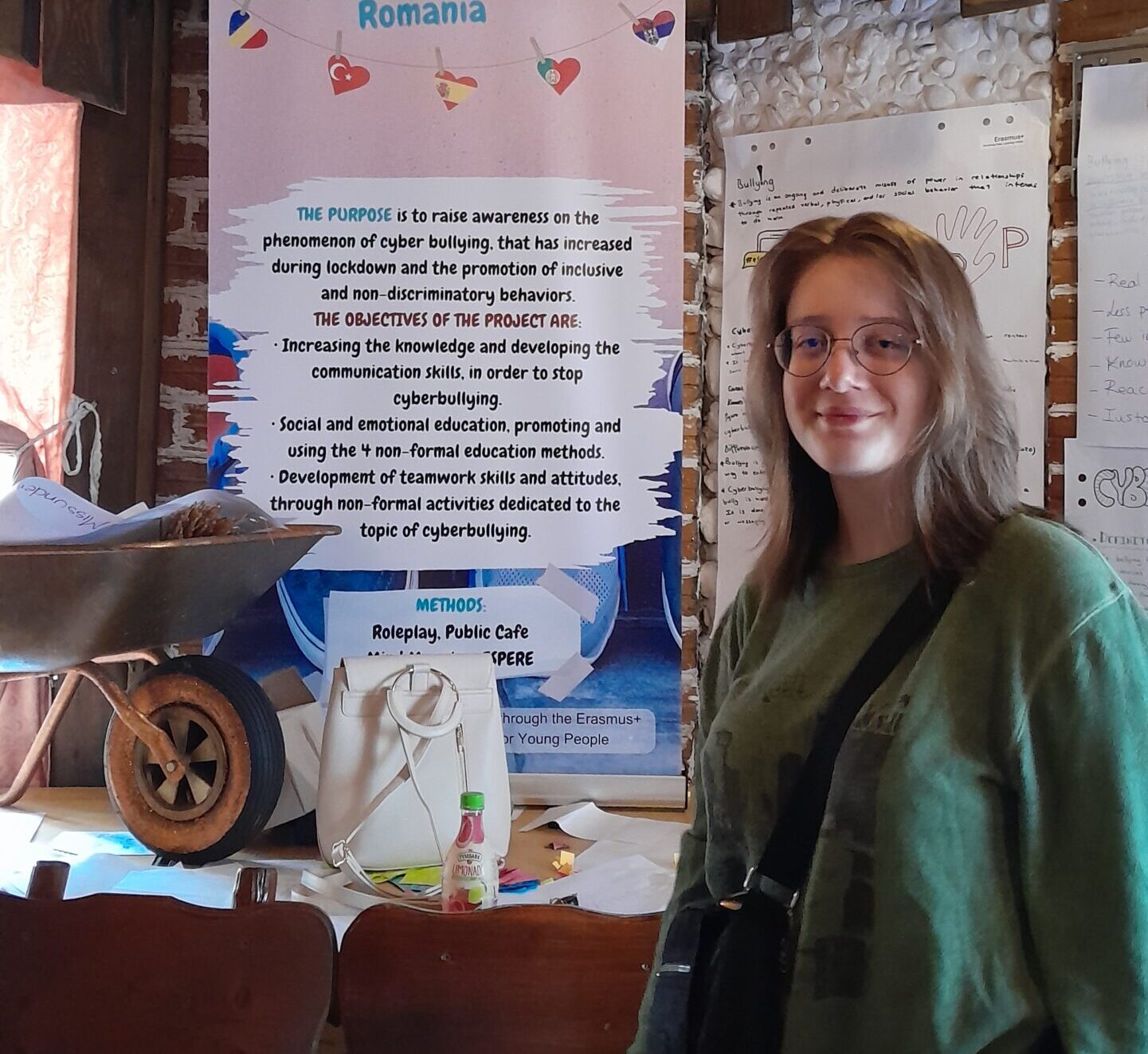On the corner of 19th street and 10th ave, a parade of art enthusiasts are already wrapped around the block as the David Zwirner gallery opens at 10 am – even on weekdays, no less. NYC locals and tourists alike gather in line – for an average weight time of 2 hours – to experience Yayoi Kusama’s newest Infinity Room, Dreaming of Earth’s Sphericity, I Would Offer My Love. One of the central installations in one of her largest gallery exhibitions to date, the room is a continuation of Kusama’s ongoing series since 1965. When it’s finally their turn to enter the room, they are encased in an infinite series of constructed reflections and see their own reflection infinitely multiplying throughout the space.
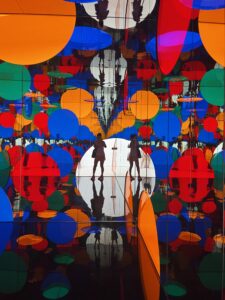
Halfway across the world, Kusama enthusiasts meticulously await their designated time slot at Tate Modern, where they’ve likely booked a visit months in advance. Perhaps one of the most well-recognized Kusama exhibits in history, Tate Modern’s infinity rooms offer visitors the rare opportunity to immerse themselves in exclusive renditions of Kusama’s work. The “Chandelier of Grief” Infinity Room (2016-2018) features a crystal chandelier in a room of kaleidoscopically-composed mirrors, immersing viewers into Kusama’s world before they experience one of her largest works in her career. “Infinity Mirrored Room – Filled with the Brilliance of Life,” which was made for her 2012 Tate Modern retrospective, constructs a seemingly endless space-like world. Treading carefully down a walkway illuminated by hundreds of LED bulbs, bouncing off of one another on its mirrored walls and covered with a shallow pool of water, viewers are disoriented and mystified by Kusama’s world. What they don’t realize is that the Infinity Room – galvanized by public attention and seemingly designed as a social media trap – is actually Kusama’s multi-dimensional reflection on mental health.
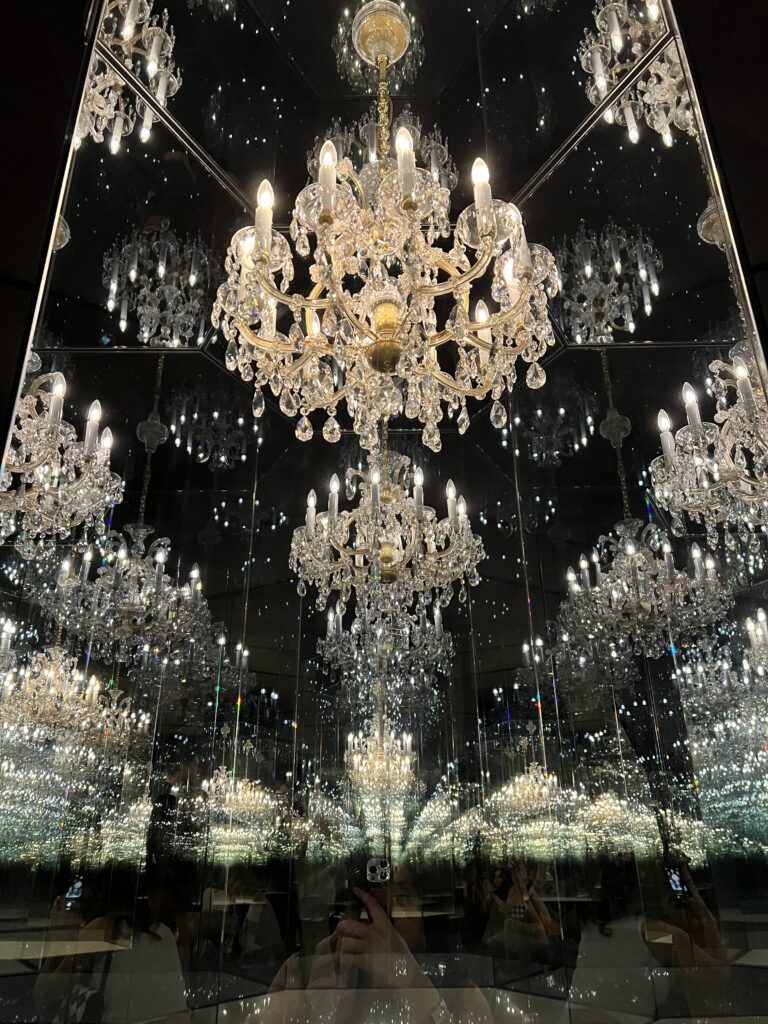
“Psychiatry was not as accepted in my youth as it is now,” Kusama wrote in her autobiography Infinity Net. “I had to struggle on my own with the anxiety, to say nothing of the visions and hallucinations that at times overwhelmed me.”
After immigrating to America in 1958, she began her largest and most renowned body of work today. Though inspired by the abstract expressionism movement, Kusama’s brushstrokes subverted the gestural processes of the movements’ largely male pioneers, replacing their semiotic brushstrokes with obsessive, exhaustive, meticulous brushstrokes, an evocation of the mental toll of gender norms and feminine aesthetics. Often painting for 50 or 60 hours straight, she created “infinity nets,” a labryinth of loops pulsating across the canvas in a frenetic and repetitive manner.
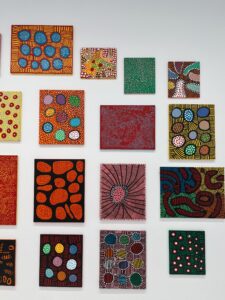
“I would cover a canvas with nets, then continue painting them on the table, on the floor, and finally on my own body,” she reported. “As I repeated this process over and over again, the nets began to expand to infinity.” Couched in the context of her deteriorating mental health, infinity nets were largely meditative of Kusama’s inner demons. “I was always standing at the center of the obsession,” Kusama says. “Over the passionate accretion and repetition inside of me.”
One morning, Kusama woke up to find the nets she painted the previous day seemingly stuck to her windows, but when she touched them, they crawled into her skin. That was the first of her increasingly regular visits to Bellevue Hospital for panic attacks and suicide attempts, before she eventually moved into Seiwa Hospital for the Mentally Ill in 1977, where she still resides today.
Though reflective of mental battles, these infinity net paintings also served as the artist’s coping mechanism. “I fight pain, anxiety, and fear every day, and the only method I have found that relieves my illness is to keep creating art,” Kusama writes in Infinity Net. “I followed the thread of art and somehow discovered a path that would allow me to live.”
These infinity net paintings, which quite literally challenged spacial limits, facilitated her transition to installation art, as she began to create three dimensional infinity rooms in 1965. Intended to eliminate the viewer’s fixed perspective and offer them a glimpse into parallel worlds, six of Kusama’s 20 Infinity Rooms feature mirrored walls, floors, and ceilings. Bringing further complexity and disorientation to these spaces, some also feature pumpkins, polka dot balloons, pools of water, and sound tracks. Both exhilarating and sublime and unsettling and exhausting, these spaces are an evocation of Kusama’s ongoing battle with hallucinations, fears, and creative inspiration.

In Kusama’s latest exhibit at the David Zwirner, Dreaming of Earth’s Sphericity, I Would Offer My Love’s mirrored facades reflects its external surroundings, creating an illusion that it is simply part of its larger surroundings. Meanwhile the interiors’ complex arrangement of mirrors filters flickering light through colored holes, constructing a space that is constantly in flux. The room generates infinite kaleidoscopic images throughout the space, fostering a largely disorienting effect.
“When the people see their own reflection multiplied to infinity they then sense that there is no limit to man’s ability to project himself into endless space,” Kusama says.




